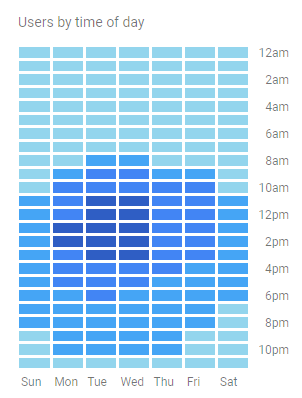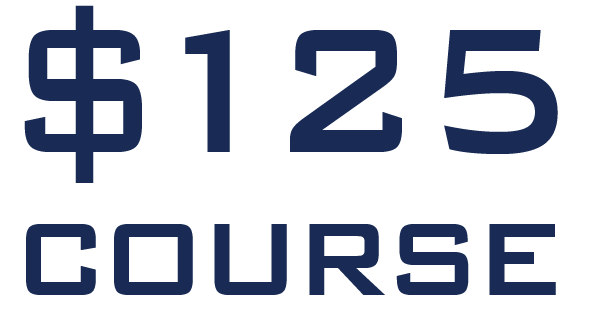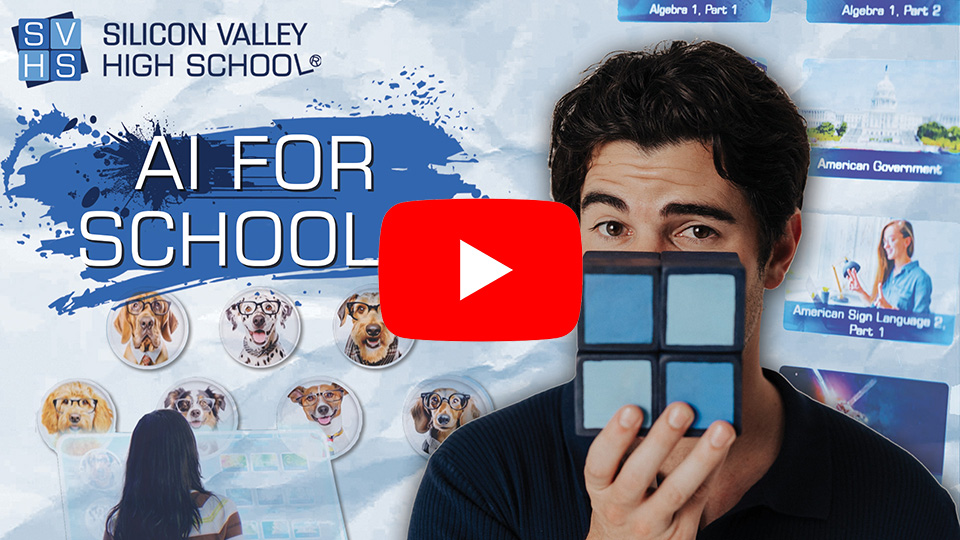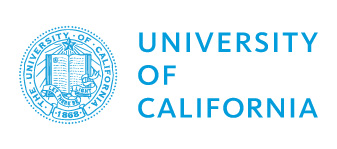
By David Smith
As we continue through this Covid lockdown and online learning becomes more mainstream, it’s interesting to see how the study habits of students adapt. Here at Silicon Valley High School we’re in the process of recruiting support staff to work overnight as we’re seeing so many students studying throughout the night.
Where students at traditional schools are accustomed to attending school from about 8am to 3pm Monday-Friday, some of them change their study habits when they’re taking self-paced courses and have the freedom to study when it suits them best.
I took this graphic from Google Analytics, which tracks when students are studying in our Silicon Valley High School learning management system. The dark blue shows that the peak student activity is around lunchtime and early afternoon on Monday, Tuesday and Wednesday. As the blue gets lighter in color, it shows fewer students. So we’re seeing that most students are studying during the typical school day, but what we’re also tracking here is that students are actually taking our courses throughout the night and throughout the weekend.
We have more students in the middle of the day, but there’s not one hour of the day where this chart is white, and this means there are students taking our courses at every hour of the day. We’re currently seeing upwards of 100 students studying at 2am, for example. This is not due to timezone differences, as we’re tracking students in California with this chart.
What does this mean? Well, I think it means that students are on different clocks. One student may be a morning person, another may be an evening person, and then there are the night owls. I understand. When I was a high school student, we had a few weeks after classes ended before the exams were scheduled, so I could do my revising on my on schedule. I found myself studying from midnight to 5am, and it was effective for me. Like a vampire, I would go to sleep when the sun came up and the birds started to sing in the morning. It worked for me as it was deadly quiet, and I wasn’t disturbed by my friends. This was before the Internet and before online courses like ours here at Silicon Valley High School, that provide students with freedom to choose when studying works best for them.

Of course, the reason why traditional schools operate during typical work hours is the availability of teachers. Students need help from teachers, and this normally takes place in a “synchronous” dialog where both teacher and student are communicating in real time. What we did with Silicon Valley High School courses, was make the student/teacher communication “asynchronous” so the student can post a question and the teacher can post the reply a little later on. It’s like using email instead of a phone call—you have control of your own time when communicating by email whereas you have firm time commitments when speaking on the phone.
The beauty of developing video-based courses is that the students can play the video at any time of day or night. They can stop, rewind and replay the video as many times as they like. If a student missed a point in the traditional classroom, she doesn’t have a remote control to rewind the teacher and replay, but this is all possible with video-based courses.
Our teachers do offer tutoring to students via video conference and this is real-time, face-to-face (or rather webcam-to-webcam) but students can book sessions with teachers at times that suit the student’s schedule. The student simply sees the teachers calendar online and picks a time for a tutoring session—the teacher gets the event in the teacher’s calendar and they connect at that time.
So students can operate on their own time, on the own clock, taking courses, watching videos, taking quizzes and finals when it suits them best, but then they can blend this with live tutoring sessions to ask questions, share screens and get answers in real time from a real teacher when they choose.
Summer is a time when self-paced courses are particularly popular with students. Rather than sitting in a classroom all day, students can be surfing, playing sports (assuming a world without social distancing restrictions) or otherwise enjoying the summer festivities. A self-paced online course means the student doesn’t give up his/her summer for summer school. With self-paced, video-based, teacher-supported online courses, summer school has never been so convenient and unobtrusive.
Our new “night-shift” support staff will soon be online, providing instant feedback to students who choose to work through the night. We’re also adding new staff to handle customer service at weekends. Operating a night shift and weekend customer service team is not something you typically see with traditional high schools, but education is changing and the change has never been more evident than it is today.























